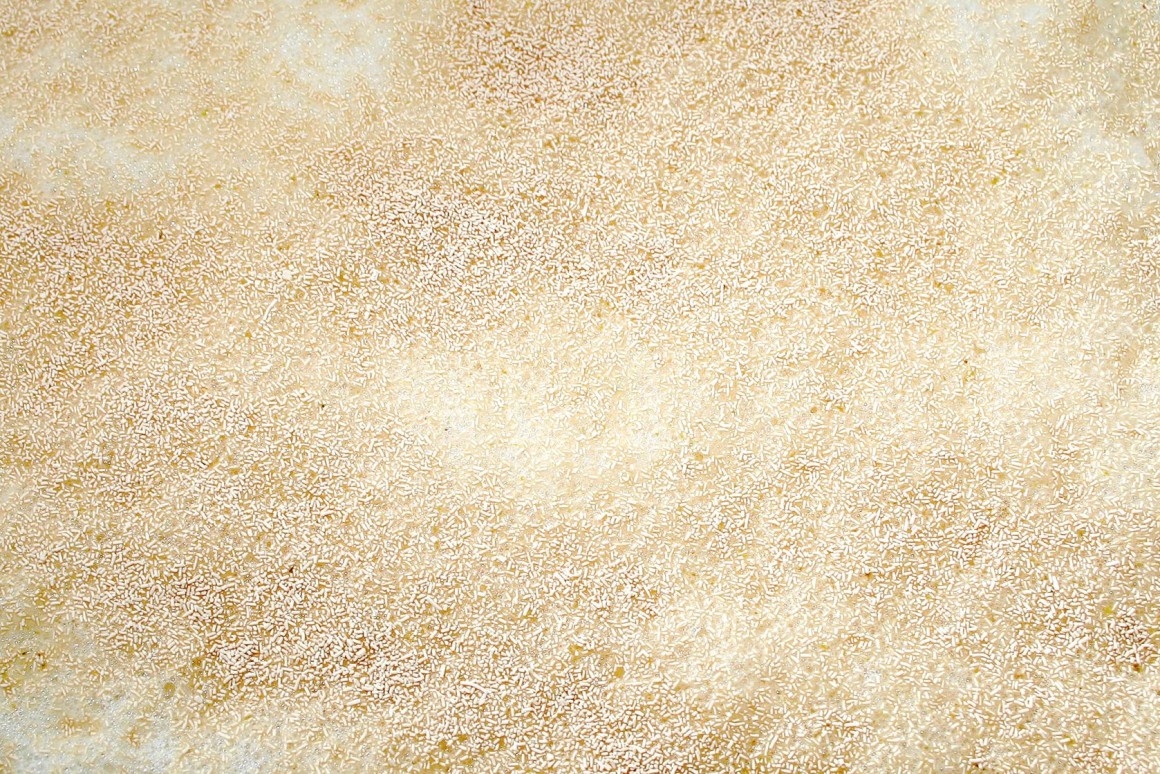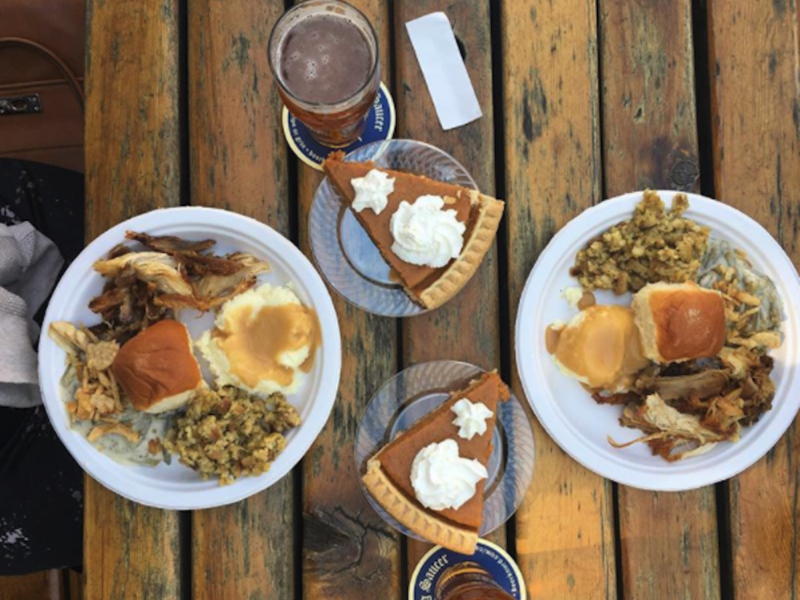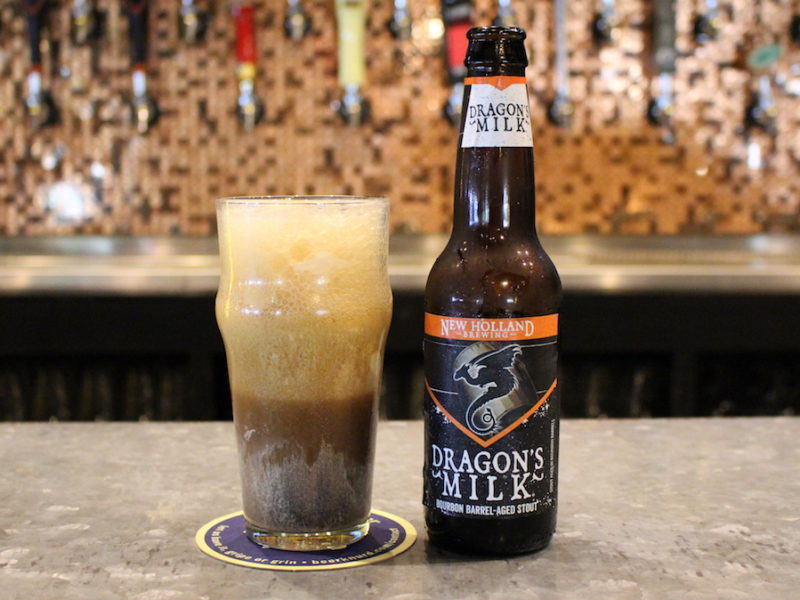Malt, water, hops and yeast. With just these four simple ingredients, brewers generate a glorious substance known as beer.
Despite being famous for the role it plays in baking bread, yeast also performs a fundamental task in beer production—transform the other ingredients into beer.
Early brewers had no idea how important yeast was to the brewing process. It was the famous chemist and microbiologist Louis Pasteur who discovered how imperative yeast is to beer production.
Yeast strains are strikingly diverse, and the organisms generate more than 500 flavor and aroma molecule variations. But even with all the taste and fragrance options out there, the substance only comes in two types: ale yeast and lager yeast.
All About Fermentation
In most cases, ale yeasts are considered top-fermenting yeasts. They received this title because they float to the surface during the fermentation process. By rising, these yeasts make a heavy, rich head. Ale yeast strains are produced at temperatures varying from 10 to 25 degrees Celsius. Brewers use top-fermenting yeasts to make:
• Wheat beers
• Ales
• Porters
• Altbier
• Kӧlsch
• Stouts
Lager yeasts are generally brewed at lower temperatures, from 7 to 15 degrees Celsius. The reduced temperatures cause the yeast to grow more slowly, so they settle near the fermenter’s base. This is why lager yeasts are bottom-fermenting yeasts. With this type of yeast, a beer’s final flavor hinges on the strain used as well as the temperatures selected for the brewing process. Brewers choose bottom-fermenting yeasts to produce:
• Bocks
• Mӓrzen
• Pilsners
• Dortmunders
Spontaneous fermentation is another production option. With this technique, brewers leave the container exposed to allow the surrounding air to influence the final product. The Brettanomyces Lambicus yeast type is the most common strain used in spontaneous fermentation. A beer produced this way will be unfiltered and will have a tangy flavor.
Liquid vs. Dry Yeast
For craft beer production, brewers use dry or liquid yeast. Dry yeast is easy to store, and many strains perform well once they’ve been dried. If you choose dry yeast, then be sure to rehydrate it before pitching it. Liquid yeast offers more flavor variety, so you can experiment to find your preferred taste and consistency. Liquid yeast comes in vials or packets.
How Fermentation Works
Yeast is the most important brewing ingredient. After milling, mashing, lautering and boiling the grain, brewers add the yeast to do the heavy lifting in beer production. Yeast breaks down the sugars generated from the mashing process. As the yeast devours the sugars, it emits alcohol, carbon dioxide and flavor compounds. The time it takes the yeast to complete fermentation in a beer batch varies. For a basic ale, it can finish the job in about two weeks, while lager production may take more than a month.
Influencing Beer
Yeast influences the flavor and aromatic characteristics of beer. Esters, phenols and alcohols are the easiest yeast characteristics to detect. Esters generally taste somewhat fruity, but each strain will have a slightly different flavor. Phenols usually produce a spicy taste reminiscent of clove. In most cases, alcohols have a strong, biting flavor, but they can also generate a floral smell.
Limitations
Despite yeast’s superpowers, every strain has genetic restrictions. Some yeast varieties can be used to create great-tasting beer, but the conditions may not be cost effective. Other yeast types produce beer that’s too murky or has an off flavor, so choose your yeast wisely.
From home brewers to major breweries, the proper selection and handling of yeast is a major component in producing tasty brews. In fact, yeast makes up about a third of a beer’s final flavor. By understanding the importance of yeast in the brewing process, you can experiment with the product to develop a quality beverage that will have friends, family and anyone who tries your brew begging for more.








